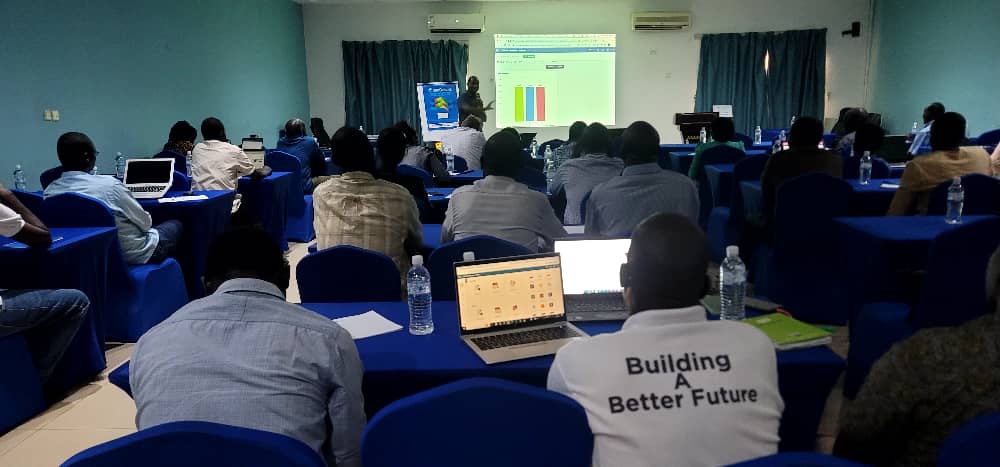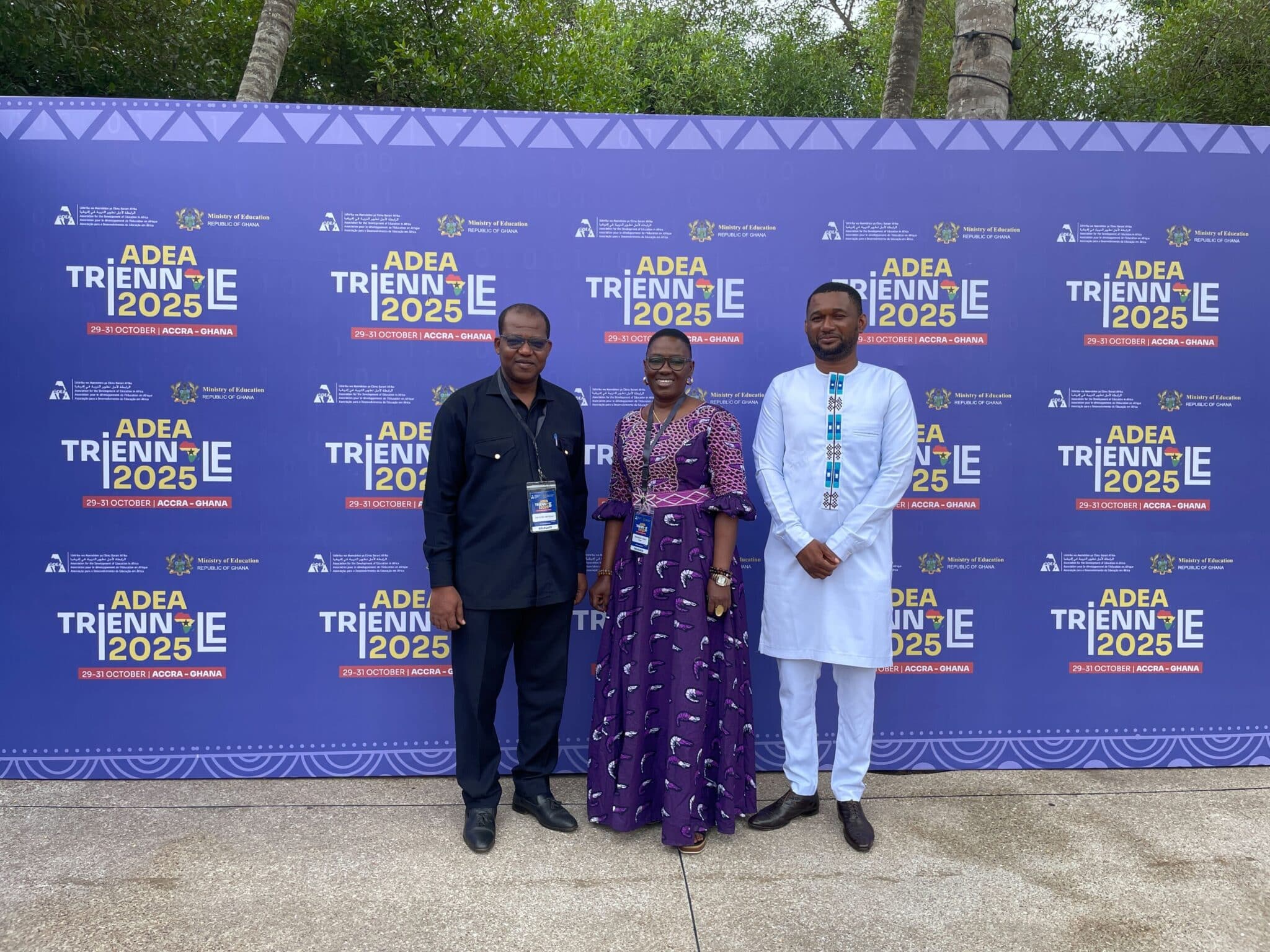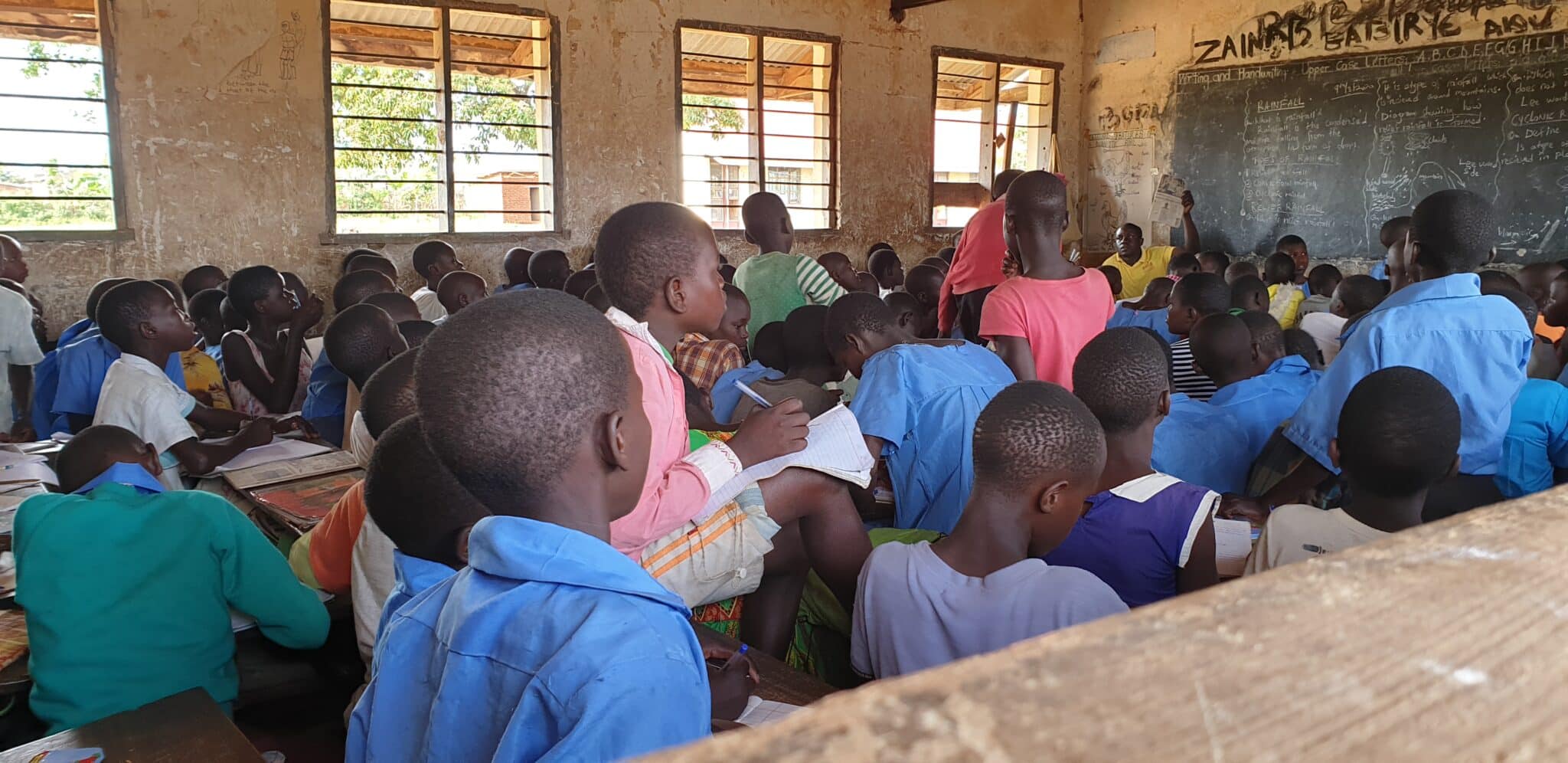
Data for Youth: Strengthening Technical and Vocational Training in South Sudan
More than 70% of the population of South Sudan is under the age of 30. Better education and employment opportunities for this group could fuel the economy for decades.
South Sudan is a very young nation—both in terms of its age and its populace—having declared independence from Sudan in only 2011 and with more than 70% of its population now under the age of 30. According to reports from the United Nations Development Program and the United States Agency for International Development, the youth of South Sudan also have low rates of education attainment, with more than two million school-aged children currently out of school. This lack of education has created shortages of skilled workers, which has led to high unemployment rates among youth, leaving an estimated 97-99 percent without formal employment. However, with appropriate investments and programs, this large population of young people could become a healthy, educated, and gainfully employed group with the power to boost economic growth for decades to come.
With that goal in mind, the United Nations Educational, Scientific and Cultural Organization’s (UNESCO) Juba, South Sudan, office is implementing the Strengthening Technical and Vocational Education and Training (TVET) project. It is a four-year TVET project funded by the Swedish International Development Agency, that aims to reduce unemployment and boost livelihood among young people from poorer families by strengthening gender-responsive governance and program quality, and by creating more market-driven curricula and opportunities for skill development. Furthermore, by improving environment and climate change awareness and adaptation capacity, the project hopes to reduce vulnerability and incidents of internal communal conflict.
The Ministry of General Education and Instruction, together with Line Ministries in TVET strengthening (Ministry of Labor, Ministry of Youth, Ministry of Agriculture, National Bureau of Statistics, and others), and with support from UNESCO South Sudan, launched the configuration of TVET MIS using the DHIS2 SEMIS platform, supported by the HISP Centre – University of Oslo, HISP Uganda, HISP Tanzania, and the DHIS2 community. The process began with harmonization of the different indicators, reporting tools, and data needs in a three-day workshop in Juba, South Sudan. It also provided training for participants on data capture (using the new SEMIS Capture app), analysis, presentation, and dissemination.
The final product and launch are expected by November 2024, and the DHIS2 team is grateful for the opportunity to support better reporting, data quality, data analysis, and capacity building within the education sector in South Sudan.


